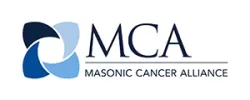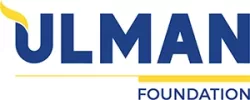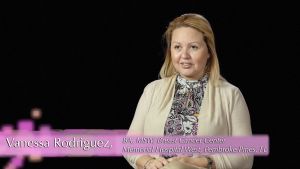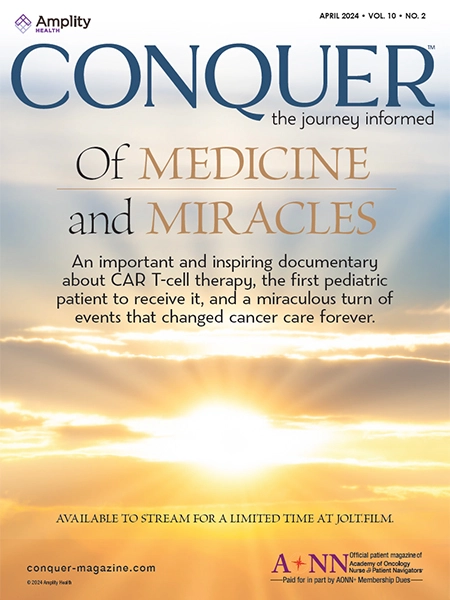Evidence into Practice
Collaboration Between Navigators Is Crucial
Tricia Strusowski, RN, MS
Tricia Strusowski believes it's important for both novice and seasoned navigators to collaborate in order to learn and help further the profession.
Goals of the Evidence into Practice Committee
Tricia Strusowski, RN, MS
Tricia Strusowski describes some of the goals of the AONN+ Evidence into Practice Committee and expands upon the potential of what the committee can accomplish.
Publications and Research
Elaine Sein, BSN, RN
The AONN+ Evidence into Practice Committee would like to extend thanks to all who responded to our recent survey in order to glean members’ knowledge and comfort level in quality, outcomes, performance improvement, and research projects that can be considered research in the broad sense of the word.
Step by Step: The Four Cs of Research
New to quality improvement and research and want to know how to begin? The AONN+ Mentorship Workgroup of the Evidence into Practice Committee have made it simple for you.
Continuum of Care and Care Transitions: A Combined Conclusion from Novice and Seasoned Navigators
Cheryl Bellomo, MSN, RN, HON-ONN-CG, OCN,Pamela Goetz, BA, OPN-CG
The role of the navigator along the continuum of care is bidimensional in nature with a patient-centered (empowerment with education and knowledge) and health system (multidisciplinary) orientation to deliver timely, seamless care. Within the multidisciplinary team, the navigator works as an advocate, care provider, educator, counselor, and facilitator to ensure that every patient receives comprehensive, timely, and quality healthcare services.
What Is the Evidence into Practice Committee?
Danelle Johnston, MSN, RN, HON-ONN, OCN
As co-chair of the Evidence into Practice Committee, Danelle Johnston explains the committee's goals and how they aim to improve quality outcomes.
A Look at the AONN+ Evidence into Practice Committee
Vanessa Rodriguez, BA, MSW
Vanessa Rodriguez discusses the Evidence into Practice Committee and how it is working to help provide a roadmap to navigators.
Continuum of Care and Care Transitions
Cheryl Bellomo, MSN, RN, HON-ONN-CG, OCN,Pamela Goetz, BA, OPN-CG
The scope of navigation has evolved from the Freeman model of community outreach and prevention to spanning the entire continuum of care for oncology patients. Navigators help individuals overcome barriers to care and navigate through the screening/diagnostic, treatment, survivorship, and end-of-life care continuum.
Novice Navigator: A Case Study on the Complexities of Care Coordination
Kimberly Foster, MBA, BSN, RN,Marian E. Gilmore, RN, OCN,Pamela Goetz, BA, OPN-CG,Barbara R. McHale, RN, BS, OCN, CBCN, ONN-CG
The case study for this discussion highlights the complexities of care coordination when patients arrive unprepared physically or mentally for the recommended medical treatments as determined by guidelines. It also shows how navigators can assemble needed care team players to efficiently guide the patient through prehabilitation and preparation for medical treatment.
Seasoned Navigator: A Case Study on Care Transitions in Genomic Testing and Timely Treatment Decision-Making
Cheryl Bellomo, MSN, RN, HON-ONN-CG, OCN,Deborah Christensen, RN, BSN, HNB-BC,Tricia Strusowski, RN, MS
Along with the diagnosis of breast cancer comes many decisions regarding treatment options. Oncotype DX, a genomic/gene expression assay, provides quantitative assessment of chemotherapy benefit and risk of distant recurrence in early-stage estrogen receptor–positive (ER+), HER2/neu-negative breast cancer to assist in developing individualized treatment plans.
- 1
- 2
Thank You to Our Corporate Sponsors and Alliance Partners!
-

Major Corporate Sponsor
-

Patron Corporate Sponsor
-

Patron Corporate Sponsor
-

Patron Corporate Sponsor
-

Industry Relations
Council Member -

Industry Relations
Council Member -

Industry Relations
Council Member -

National Alliance Partner
-

National Alliance Partner
-

National Alliance Partner
-

National Alliance Partner
Privacy Notice | Terms of Use
© 2009- DBA AONN+ Academy of Oncology Nurse & Patient Navigators® | PO Box 563, Cranbury, NJ 08512 |
AONN+ DBA AONN+ is a 501(c)(6) organization under federal tax guidelines. AONN+ Foundation for Learning, Inc. a 501(c)(3) organization under federal tax guidelines.
AONN+ Advantage, LLC, a wholly owned subsidiary of AONN+.





